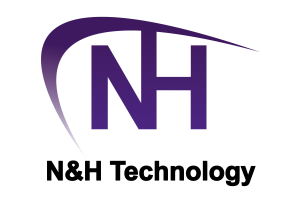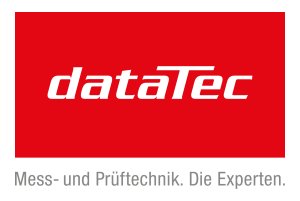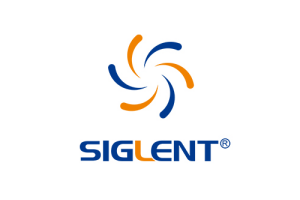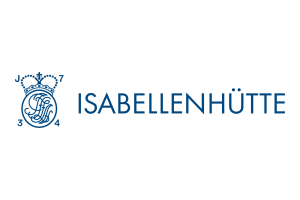Automotive Power Converter
OEMs Rediscover AMB Substrates
The established DBC processes for applying copper to substrates are facing competition. Of all things from AMB substrates, which were categorically rejected by the automotive industry just a few years ago.
Copper coatings increase the thermal conductivity of substrates. The advantage of the Active Metal Bonding (AMB) method is the high temperature stability of the material compound produced. Power electronics based on AMB substrates require less cooling area and can be manufactured more compactly.
Due to the comparatively high costs, the process has so far not played a role in the manufacture of automotive components. In the meantime, however, the methods for heat dissipation in on-board electronics have become so complex that the industry is once again interested in AMB substrates.
Kyocera is testing the process for depositing copper layers on Si3N4 ceramic substrates. At the interface, a silver-copper layer is formed and leads to a much more stable bond than the classic direct-bonded copper process (DBC). The manufacturer sees a main application area in the automotive sector in power converters. With the AMB process, copper coatings between 0.25 and 0.80 mm thick are currently possible.







